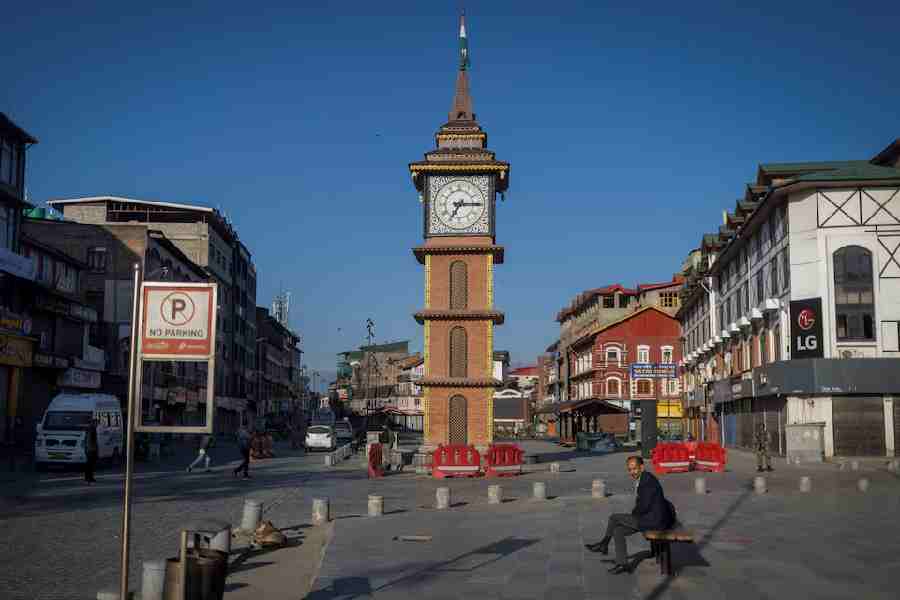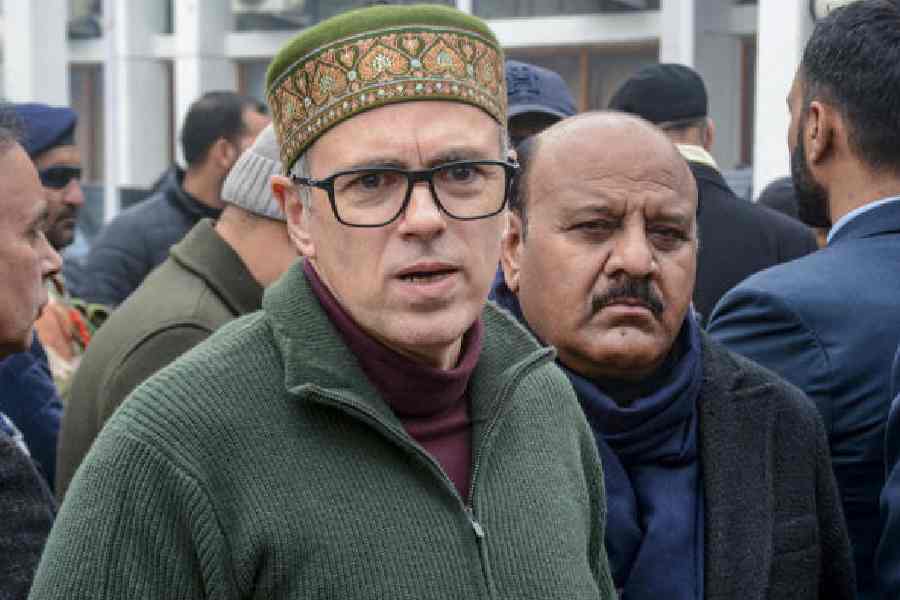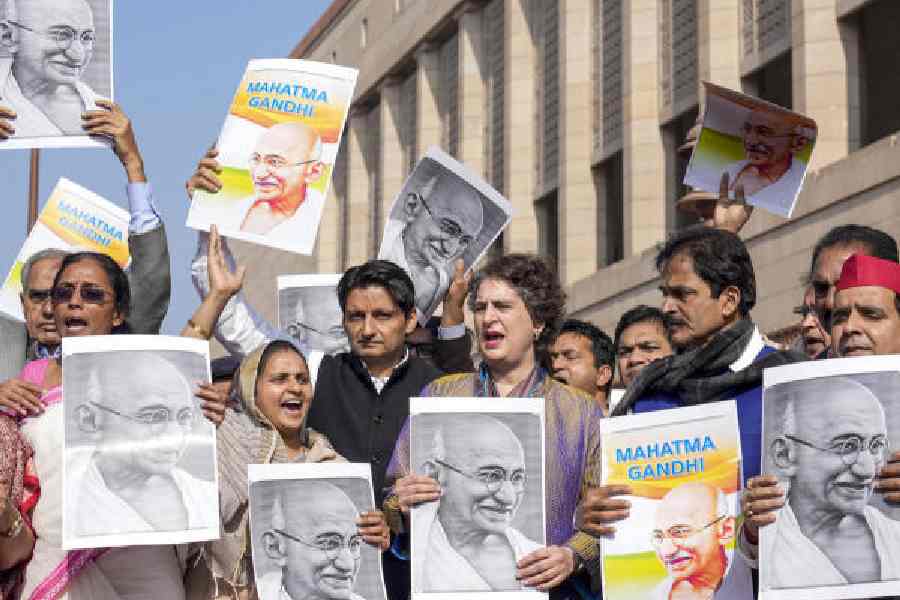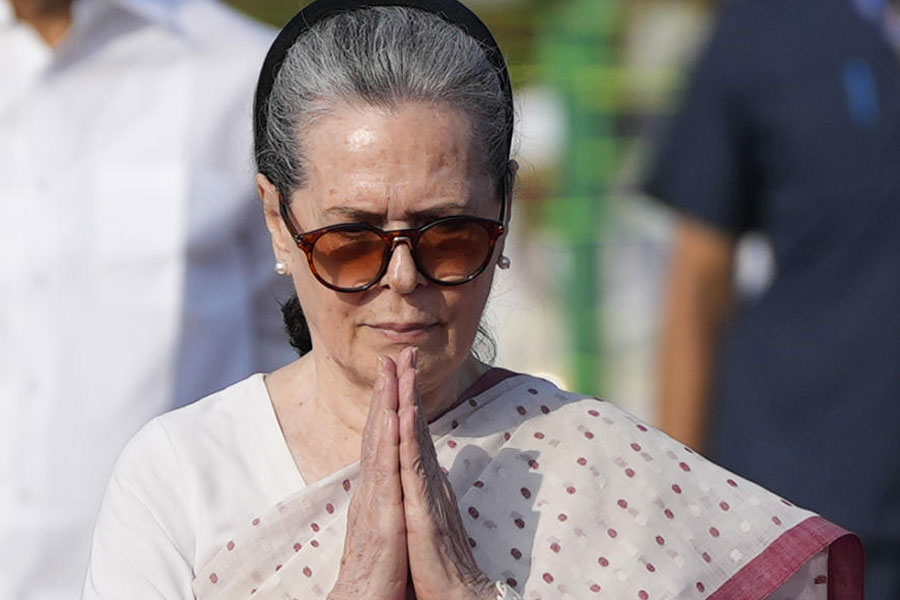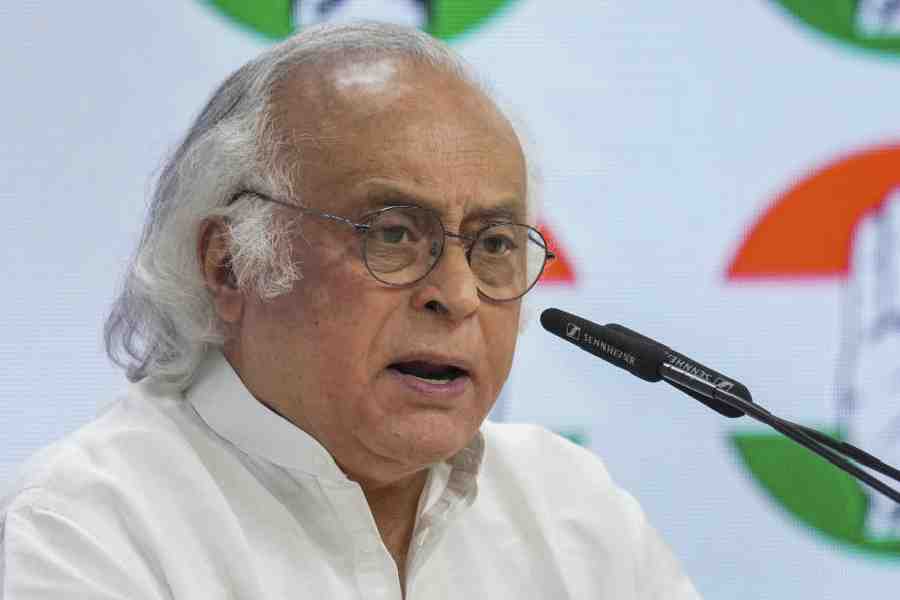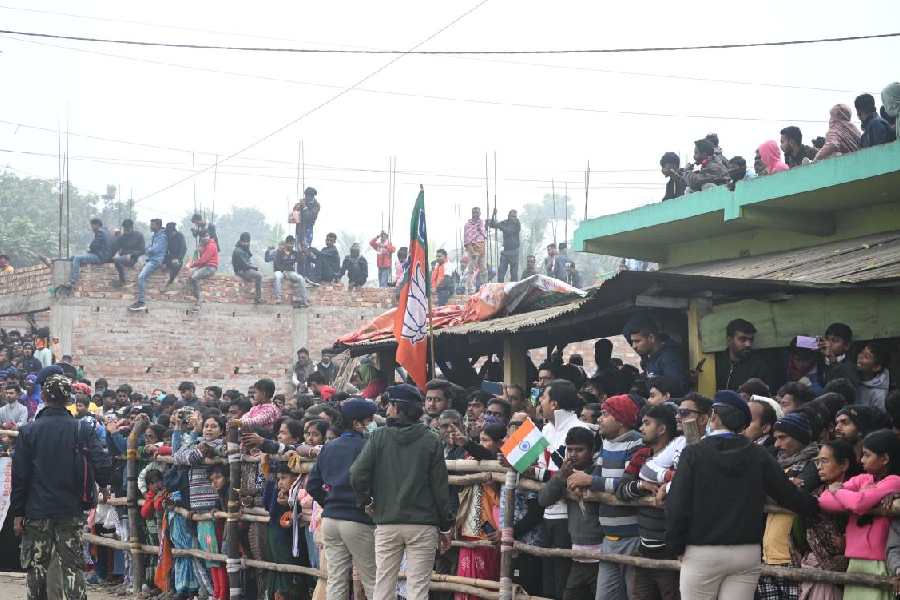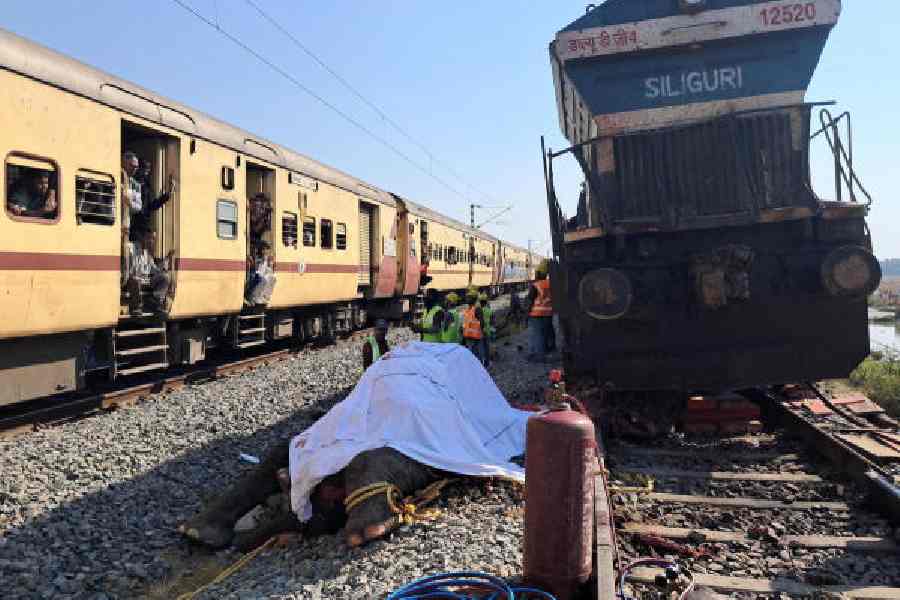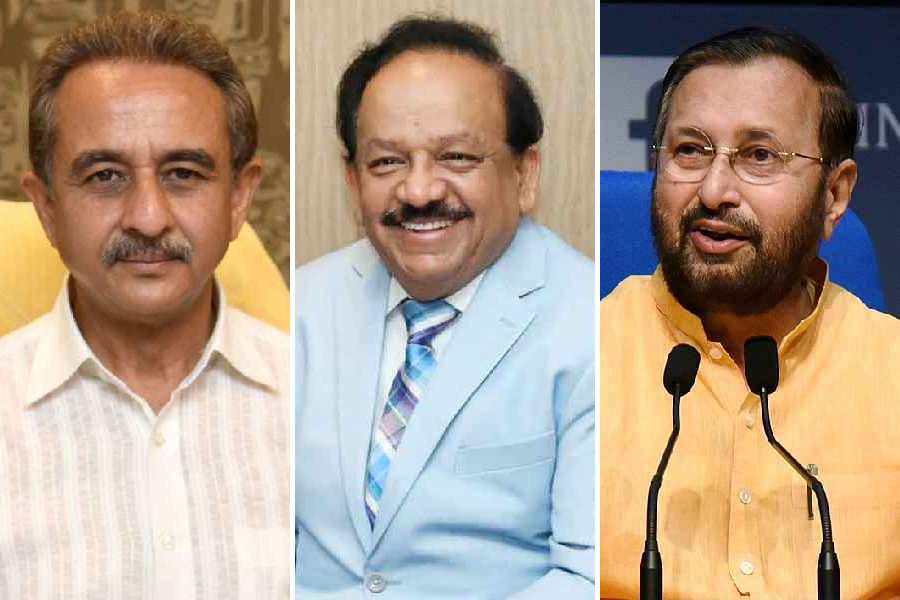The terrorist attack in Pahalgam has rightly been condemned as a security failure. But the incident also put a spotlight on the economic progress in Kashmir through mass tourism and the fragile ecological foundation that it rests on. Since the revocation of Article 370 in 2019, the Central government has aggressively rebranded Kashmir as a tourist destination. Tourist arrivals have quadrupled from 8.5 lakh in 2018 to over 31.5 lakh in 2023. Yet, this boom hides a troubling reality: the Valley’s environmental, infrastructural, and institutional capacities are dangerously outpaced by the sheer velocity of the footfall.
Tourism is one of the most vital contributors to Jammu and Kashmir’s economy. But unlike manufacturing or services, tourism in the Valley is entirely dependent on the integrity of its natural assets, such as snow-covered mountains, pine forests, rivers, and alpine meadows. These are not just visual backdrops but economic infrastructure. Unchecked growth is rapidly eroding this infrastructure. Plastic waste clogs the Lidder, the fragile slopes in Sonamarg are buried under concrete hotels, and the water table is falling in Achabal, to name just a few problems.
The government so far has focused on more roads, trains and hotels, with insufficient attention to regulation. A new direct train to Srinagar may further intensify the pressure, particularly in peak summer when temperatures are already running higher than they did in the past six decades. Environmental degradation is not the only risk. Climate change is reshaping Kashmir’s appeal. For example, Srinagar recorded its hottest June day in 20 years at 35.5°C and its fourth-highest night temperature in 134 years. Winters, once the Valley’s off-season buffer, are now warmer and drier. Ski seasons are shrinking. Snowfall is erratic. The promise of a cool escape is becoming a statistical illusion.
The convergence of climate volatility, ecological stress, and mass tourism produces instability. As climate change erodes Kashmir’s distinctiveness, tourist satisfaction is likely to decline, setting up a cycle of negative returns. The asset that the tourism model relies upon may be in irreversible decline.
Even if one sets aside the ecological question, Kashmir’s physical infrastructure is misaligned with its new economic ambitions. The 21-kilometre journey from the Srinagar airport to Dal Lake can now take hours. Traffic gridlocks are becoming normalised. There is no Metro system, minimal public transport, and no coherent urban planning framework to accommodate the surge in footfall. Sewage, waste collection, and drinking water are also under severe stress in peak seasons. Many of these services remain off-grid in offbeat destinations like Yousmarg, Gurez or Doodhpathri, making them especially vulnerable to ecological degradation. The current tourism model is also structurally fragile from a development standpoint. It generates seasonal, informal employment and creates high exposure to shocks whether from security events like the Pahalgam attack or climatic anomalies. The Valley’s over-dependence on this single sector is one disaster away from collapse. This then is not just an environmental crisis but also a governance challenge. Kashmir needs a strong environmental policy geared towards optimising resilience. This means treating ecological health as infrastructure.
Europe’s recent backlash against overtourism shows what happens when local communities feel alienated from development trajectories. Kashmir may be heading for a similar future. Murmurs of discontent are already surfacing, particularly in areas where construction has overtaken conservation. Kashmir needs a binding sustainability framework for tourism which will include carrying-capacity thresholds for destinations, mandatory environmental clearances for new tourist infrastructure, incentives for ecotourism and off-season travel, investment in climate-resilient infrastructure and empowerment of local communities to participate in and benefit from sustainable tourism. Kashmir must now decide whether it wants to be a fragile tourist destination or a sustainable economy.
Irfan Amin Malik is a multimedia journalist based in Jammu and Kashmir

